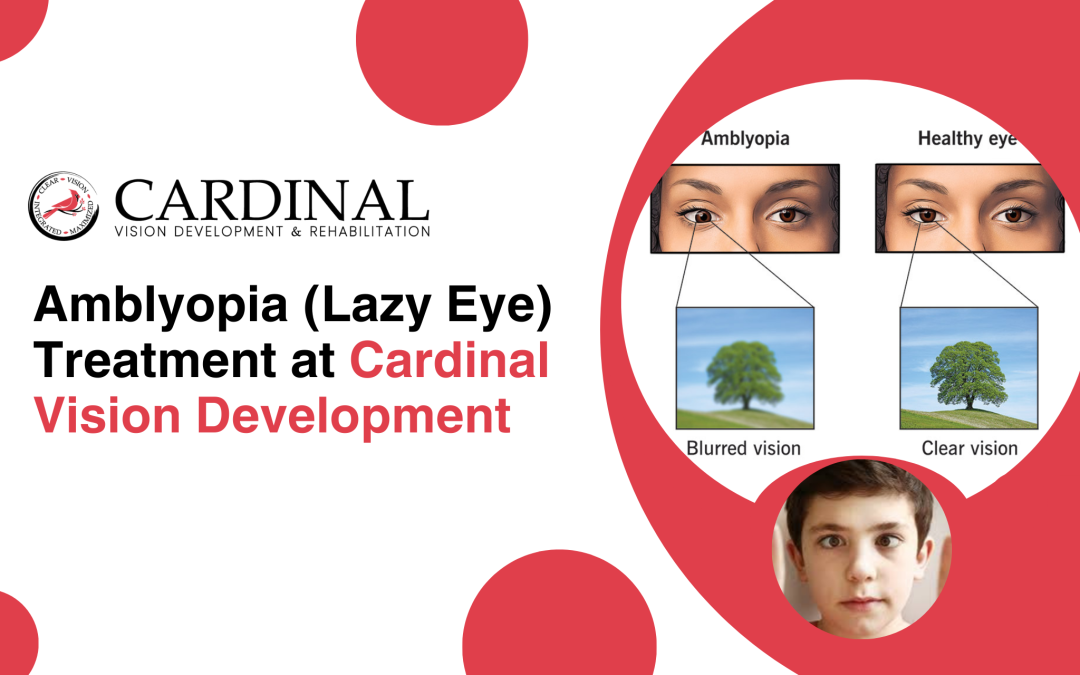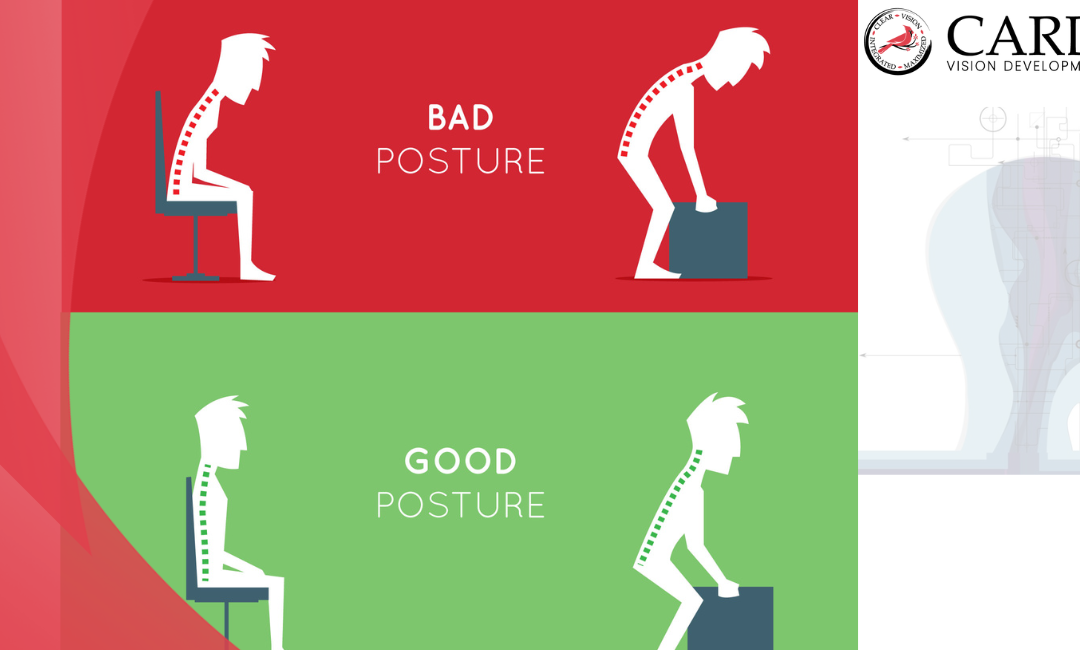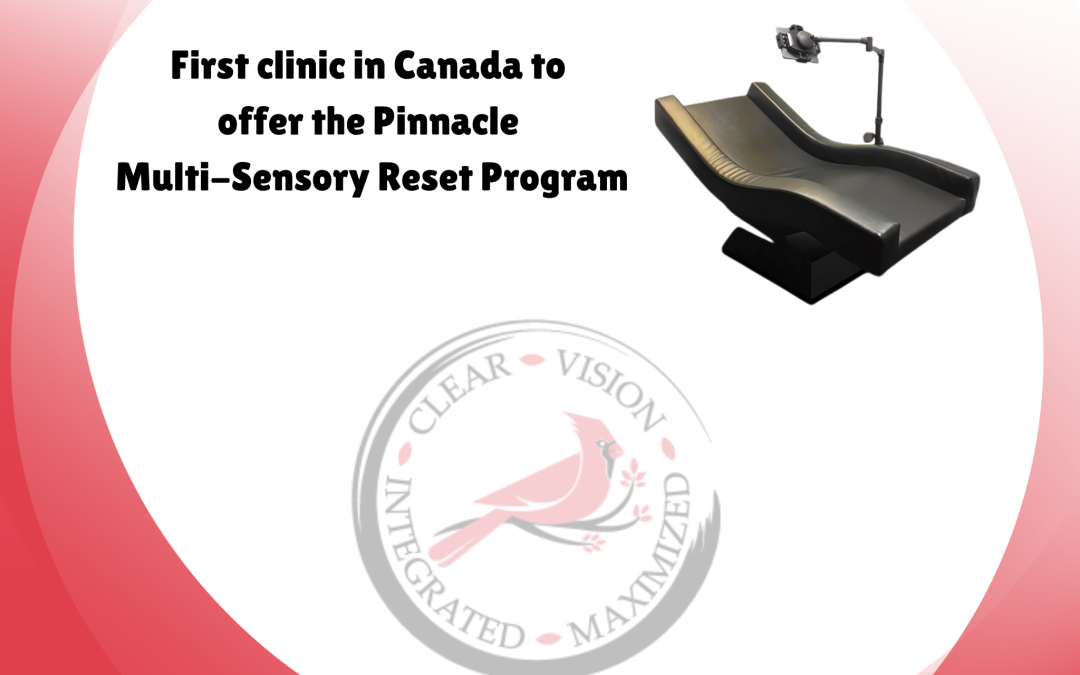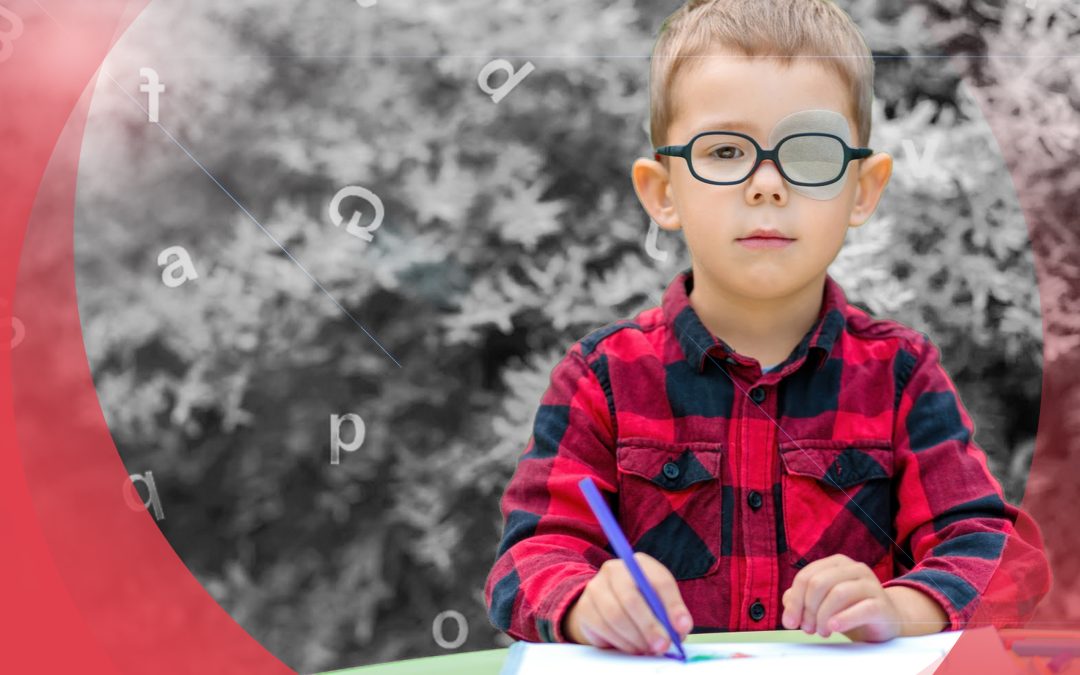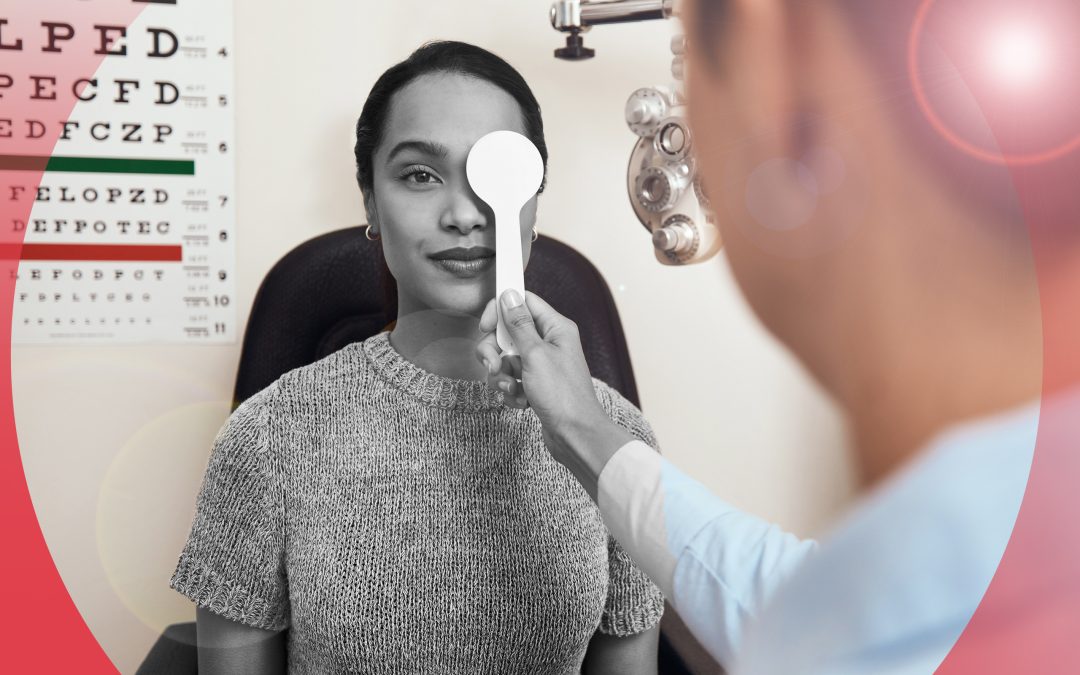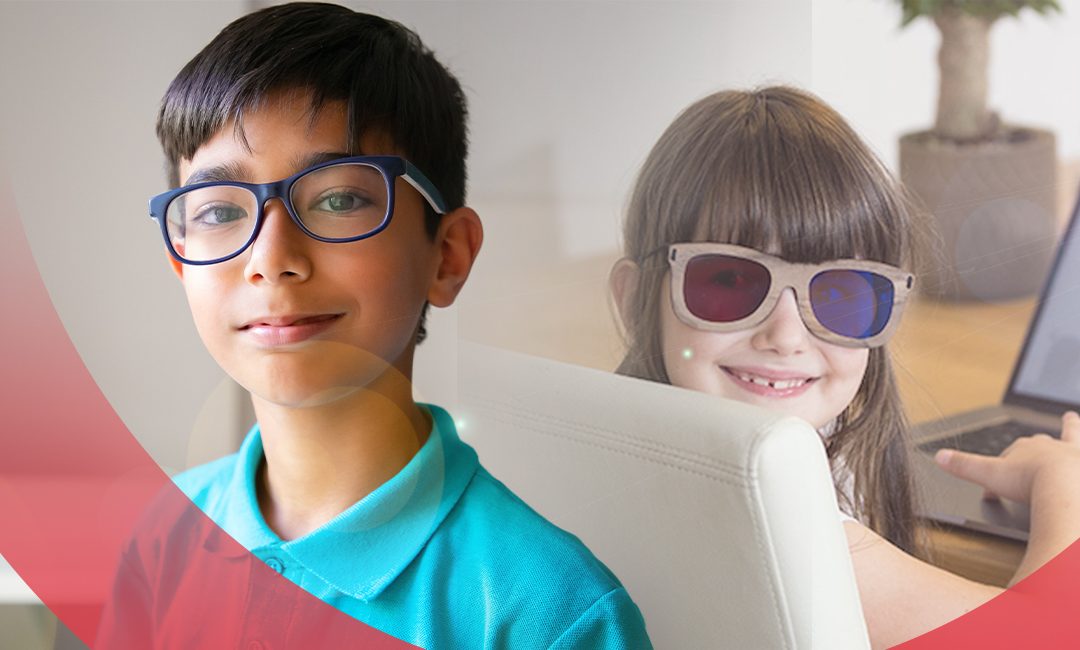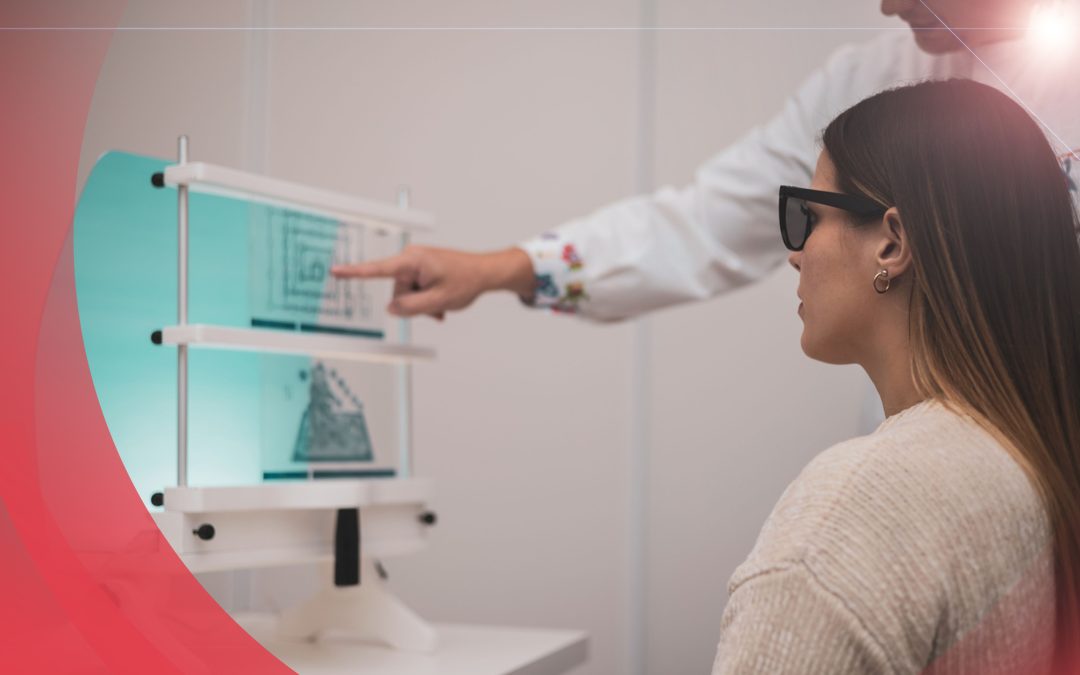As parents, we want to give our children every opportunity to succeed, especially in school. However, some children struggle with reading and comprehension despite their intelligence and effort. If your child exhibits specific challenges, such as skipping words, reversing letters, or experiencing eye strain, they may have a visual processing issues. Unlike common vision problems, visual processing difficulties affect how the brain interprets what the eyes see.
In this guide, we’ll explore key signs of visual processing issues, how they affect learning, and what steps you can take to help your child.
What Are Visual Processing Issues?
Visual processing issues are not the same as poor eyesight. A child may have 20/20 vision but still struggle to track words, process text, or keep their place while reading. These challenges stem from the brain’s ability to interpret and organize visual information.
At Cardinal Vision Development, Dr. Kim Lalonde specializes in diagnosing and treating visual processing issues through vision therapy. If your child exhibits any of the following signs, it may be time for an evaluation.
8 Signs Your Child May Have a Visual Processing Issue
1. Difficulty Keeping Up with Schoolwork
One of the first red flags is a bright child struggling in school, especially in subjects that require reading and comprehension. If your child seems intelligent but has trouble processing written information, a visual processing issue could be the cause.
2. Using a Finger to Track Words
Young children often use their fingers when learning to read, but if an older child still relies on finger-tracking, it may indicate eye tracking difficulties. Their eyes may struggle to move smoothly from one word to the next.
3. Skipping Words or Lines While Reading
Children with visual processing issues may skip words, reread lines, or lose their place on the page. This happens when their eyes cannot accurately track text, making reading frustrating and tiring.
4. Reversing or Substituting Words
Some children mistakenly read “was” as “saw” or replace words like “house” with “horse.” This is a common sign of visual processing challenges, as their brain struggles to recognize and differentiate words properly.
5. Frequent Headaches and Eye Strain
If your child experiences eye strain, headaches, or frequently rubs their eyes while reading, their visual system may be working overtime to process text. This fatigue can make reading uncomfortable and discouraging.
6. Words Appear to Move or Bounce on the Page
Children with visual processing issues may describe words as shifting, bouncing, or moving while reading. This phenomenon can make comprehension difficult and contribute to reading reluctance.
7. Better Comprehension When Reading Aloud or Listening
If your child understands stories better when they read aloud or hear them read by someone else, it could be a sign that their visual system is struggling. They may rely on auditory learning as a way to compensate for their reading difficulties.
8. Struggling to Keep Up Despite Hard Work
Children with visual processing issues often work harder than their peers to achieve the same results. This extra effort can lead to fatigue, frustration, and low self-confidence in the classroom.
How Do Visual Processing Issues Affect Learning?
A child with an undiagnosed visual processing issue may face:
✅ Reading Difficulties – Struggling to track text, recognize words, or process written material.
✅ Math Challenges – Difficulty aligning numbers or following equations.
✅ Writing Struggles – Trouble copying from the board or maintaining proper spacing.
✅ Attention Issues – Avoiding reading or zoning out during lessons.
✅ Behavioral Changes – Increased frustration, reluctance to read, or acting out in class.
Without proper intervention, these difficulties can persist into adolescence, affecting academic performance and self-esteem.
How Vision Therapy Can Help
The good news? Vision therapy can treat visual processing issues and help children develop stronger reading and learning skills.
What Is Vision Therapy?
Vision therapy is a personalized training program that improves eye coordination, tracking, and processing skills. Unlike a standard eye exam, vision therapy focuses on how the brain interprets visual information, helping children read more fluently and comfortably.
How Cardinal Vision Development Helps
At Cardinal Vision Development, Dr. Kim Lalonde and her team create customized therapy programs tailored to each child’s needs. By strengthening the brain-eye connection, children can overcome visual processing difficulties and unlock their full learning potential.
Next Steps for Parents
If you suspect your child has a visual processing issue, taking action early can prevent long-term academic struggles. Here’s what you can do:
1. Observe Your Child’s Reading Behavior
Pay attention to skipped words, finger tracking, or frequent complaints about eye strain.
2. Talk to Their Teacher
Teachers can provide insight into classroom reading difficulties and may have noticed patterns that indicate a visual processing issue.
3. Schedule a Vision Evaluation
A developmental optometrist, like Dr. Kim Lalonde, can assess your child’s visual processing skills and determine whether vision therapy is necessary.
For more information or to book an assessment, visit Cardinal Vision Development.
Conclusion
A child’s struggle with reading isn’t always about intelligence or effort—it may be due to a hidden visual processing issue. Recognizing the signs early and seeking the right intervention can make a world of difference in their academic success.
With vision therapy, children can develop stronger reading and learning skills, reducing frustration and improving confidence. If you suspect your child may be struggling, don’t wait—schedule an evaluation today!
📍 Cardinal Vision Development – Helping children see, learn, and succeed!

